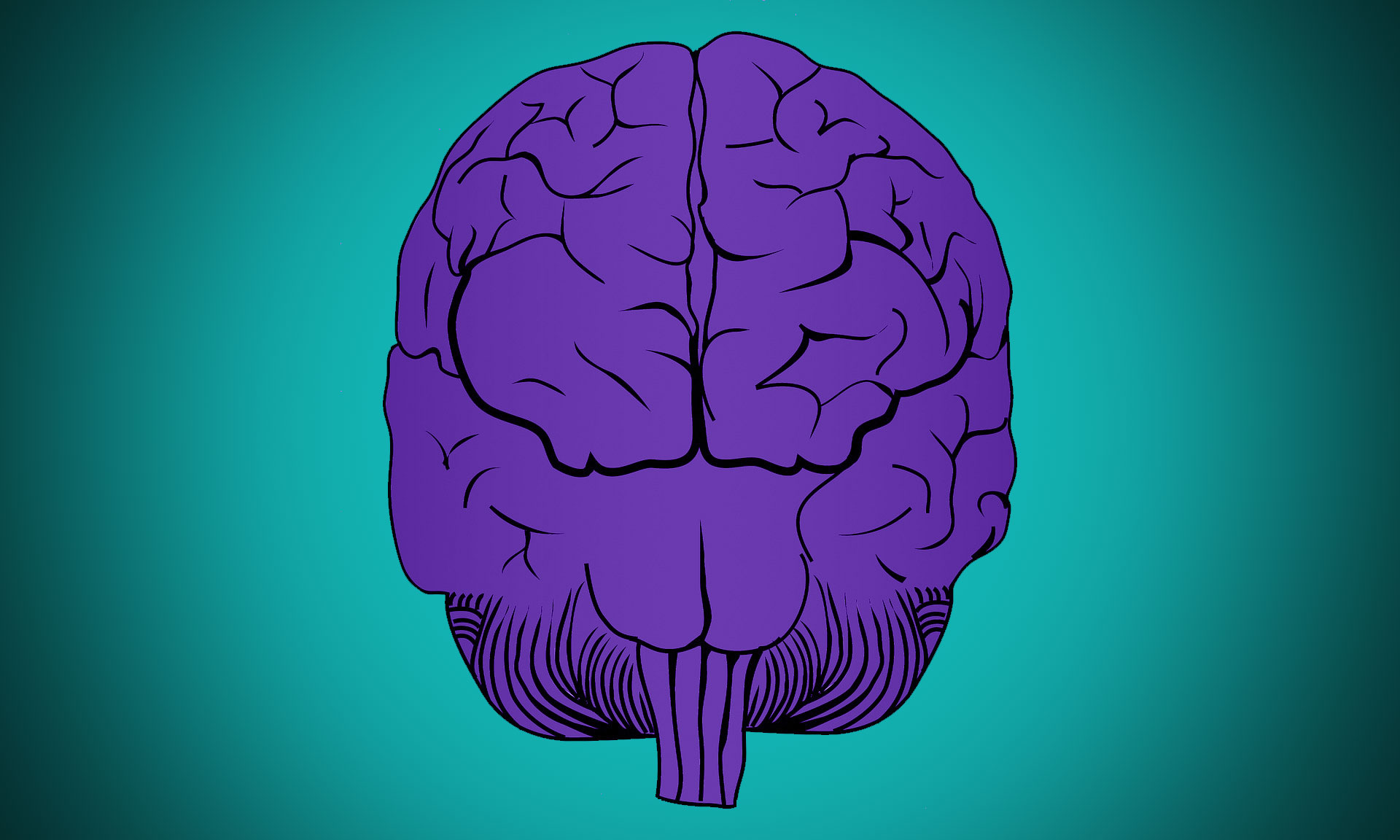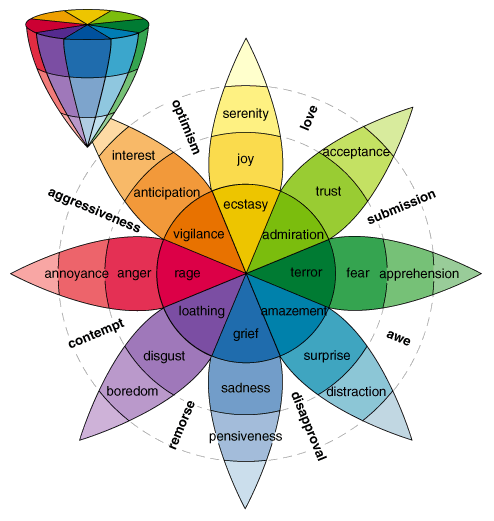
The Brain
Adrenaline / Epinephrine
The body is made up of many complex systems working together. The hypothalamus in the brain links the nervous system (the nerves and neurons that carry signals throughout the body) with the endocrine system (a series of glands that produce hormones). Hormones tell the organs of the body how to function, which affects things like body temperature and heart rate.
An important hormone in response to stress is adrenaline, also known as epinephrine. That name may be familiar if you or someone you know has a serious allergy; the EpiPen® (or other brands of the same medication) injects epinephrine directly into the thigh muscle to stop anaphylaxis.
Outside of its uses as medicine, epinephrine is a big part of the fight-or-flight response that happens when we experience an event or threat we see as harmful. This response causes an accelerated heart rate, increased blood pressure, dilated pupils, changes to digestion, and other physical effects.
Fight-or-flight can help you survive in dangerous situations, but can also be activated by forms of stress like getting into an argument with a friend or studying for a big test. This is a normal part of being human.
Emotional Effects

Complex Emotions









